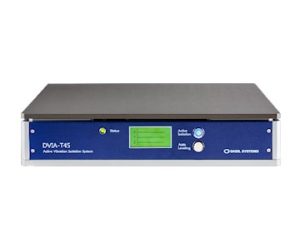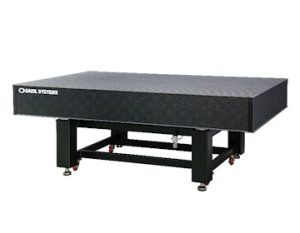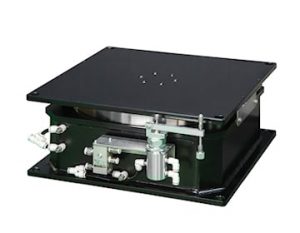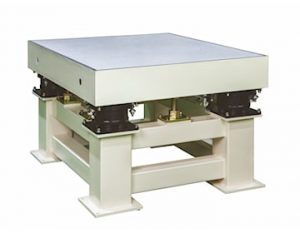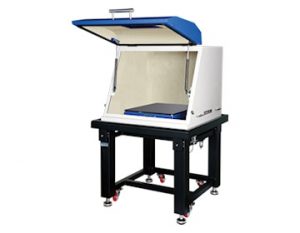 PR Team | 2025.05.14.
PR Team | 2025.05.14.
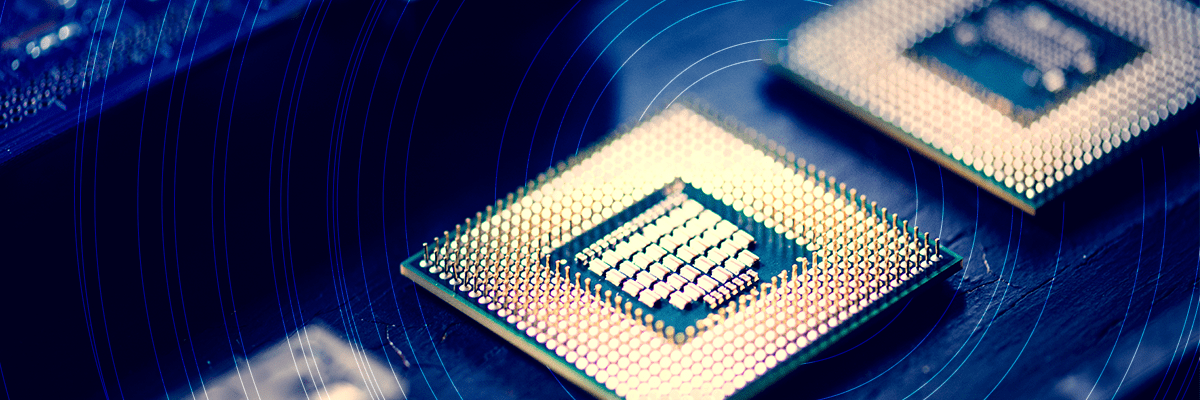
A precision laboratory, where leading-edge research is conducted, is a space dedicated to exploring the invisible microscopic world. In this space where experiments and analyses requiring nanometer-level precision take place, even minute environmental change can significantly affect outcomes. Among these factors, vibration emerges as a silent yet formidable threat to data integrity and measurement accuracy, making it a crucial challenge in laboratories equipped with high-sensitivity instruments.
The Sensitivity of Precision Labs to Vibration
High-sensitivity instruments installed in precision laboratories are designed to detect and analyze microscopic variations. Take the electron microscope as an example. By directing an electron beam onto a sample, this powerful tool magnifies images hundreds of thousands of times, allowing observation at the atomic level. However, when external vibrations occur, the electron beam’s trajectory is subtly disrupted, resulting in blurred images. It’s similar to a blurry photo caused by a shaky hand while taking a picture. In nanometer-scale precision measurements, even the slightest vibration can be critical enough to invalidate the entire experiment.
The Science Behind Heavy Vibration Isolators for High-Precision Equipment
In laboratories equipped with high-sensitivity instruments that are highly susceptible to vibrations, the role of vibration isolation tables is of utmost importance. These robust and heavy-duty structures, commonly found in research environments, are far more than mere platforms for equipment placement. Their heavy weight and specialized design are not arbitrary; they’re based on solid scientific principles that ensure optimal vibration mitigation.
A vibration isolation table is typically composed of a high-mass upper platform supported by a vibration isolation mechanism. The heavy platform, in accordance with the principle of inertia, resists movement even when exposed to external vibrations, similar to how a large ship remains stable against small waves. Additionally, the vibration isolation mechanism functions to absorb or dampen external vibrational energy. There are two primary methods of vibration isolation: passive isolation, which utilizes air springs, and active isolation, which employs sensors and actuators to counteract vibrations dynamically. Passive isolation tables are highly effective at blocking vibrations within specific frequency ranges, while active isolation tables offer superior performance across a broader frequency spectrum.
To summarize, high-sensitivity instruments exhibit extreme vulnerability to vibrations due to the microscopic nature of the objects being measured. Minor disturbance can critically compromise data reliability, making effective vibration control an indispensable factor in ensuring accurate experimental results and the stable operation of these instruments. That’s why implementing high-performance vibration isolation systems is essential. DAEIL SYSTEMS ensures precision and reliability in research environments through advanced vibration control technology, driving scientific innovation and enabling groundbreaking discoveries. 

